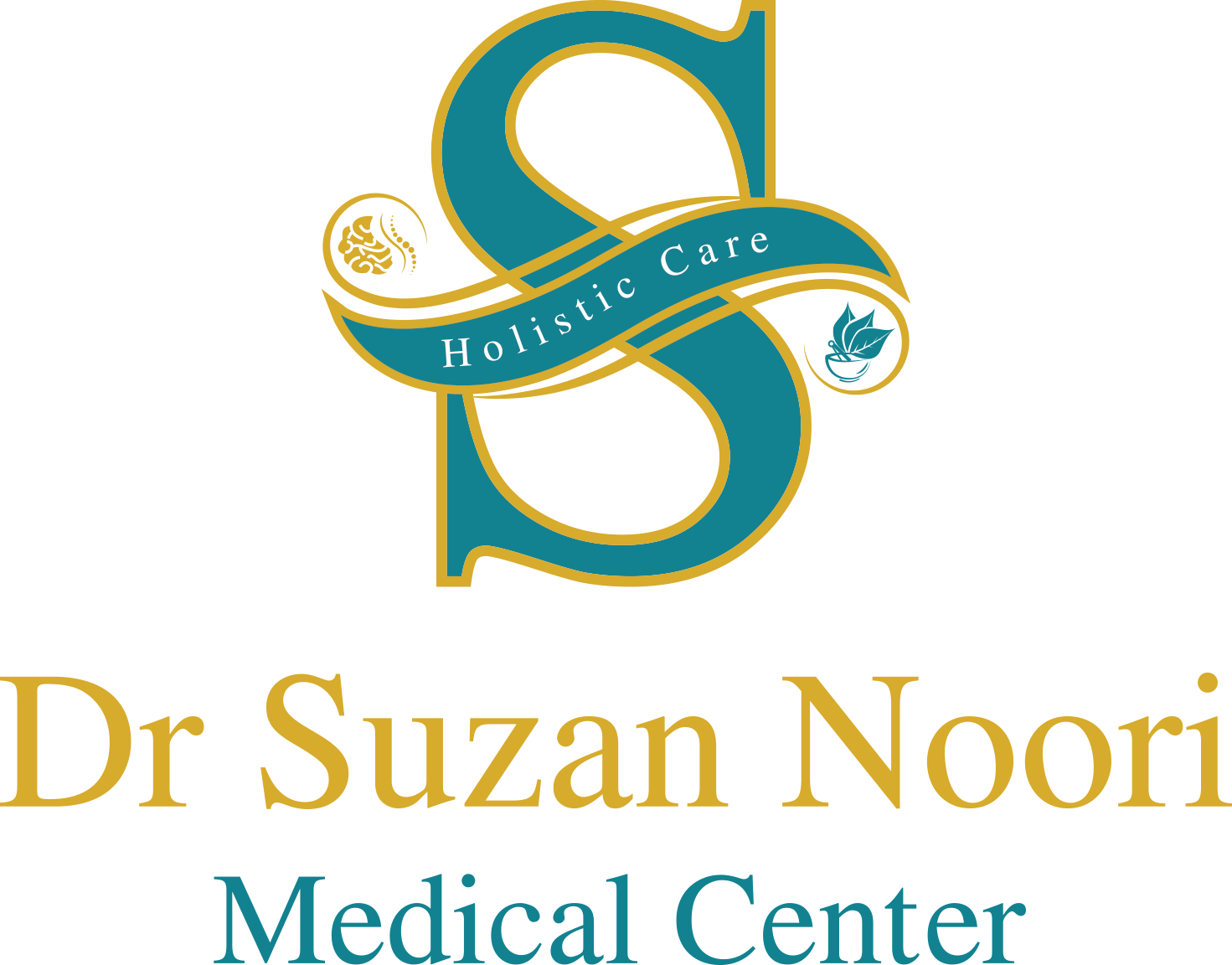Ready to Restore Harmony in Your
MIND, BODY, AND SPIRIT?
How do braces work?
Braces work in straightening the teeth. It applies pressure to the teeth and jaws to correct the position. Over time, the pressure applied by braces forces teeth to move into alignment and alter the smile’s appearance. This can also correct the dental issues, including crooked, gapped, and other related problems.
Types of braces
Clear aligners
Clear aligners are the type of braces to perfect your smile. It is also addressed as invisible braces. This is a thin plastic tray that is clear and transparent and worn over the teeth. This invisible brace is in demand because of its removable concept and can be taken out for eating.
Self-ligating braces
Compared to other types, self-ligating braces are best to straighten teeth. Because the special clip used to hold the archwire instead of rubber bands is more effective. This brace can be made from metal, ceramic, or clear material. The other name of self-ligating braces is speed braces because this contains fewer visits compared to other traditional braces.
Dental issues treated
Misaligned Jaw
When the upper and lower jaws don’t fit properly, then the issue is called a misaligned jaw. A misaligned jaw can affect the ability of chewing and speaking. It may also cause headaches, jaw pain, and excessive jaw tightness.
Overbites and Underbites
When the upper teeth are extended to the lower teeth, then it is called an overbite. Similarly, when the lower teeth are extended to the upper teeth, it is known as an underbite. These invite several problems, including headaches, tooth decay, jaw pain, gum disease, and difficulty chewing.
Open bites
Open bites refers to the situation when the upper and lower teeth don’t touch when the mouth is closed. It may occur in front, back, and side teeth.
Periodontal Problems & Gum Diseases
When the infection takes place, affecting the tissues and bones that support your teeth, the problem is known as a periodontal problem or gum disease. The periodontal word means around the teeth.
Midline alignment issues
The midline alignment issue occurs to those whose imaginary line is not properly aligned. This issue results in an uneven smile and bite and invites various dental problems.
Treatment Procedure
Consultation
Before going for any dental treatment, it is a must to consult your dentist for proper guidance and suggestions. The dentist can suggest the best method and type of braces you should adapt for to get the best result in a short period of time.
First Appointment
Be on time at your first appointment and discuss all the procedures, sittings, time, and other important things. After discussing all the things, get ready for the treatment.
Recall Appointments
Following regular check-ups is important to maintain your braces. Recall appointments and get the check-up done. Protect your braces and avoid doing things that can damage your braces.
Risks
Braces can cause several risks if you don’t take care of or protect them. Sometimes it may also cause tooth decay and cavities. To avoid the risk, you have to follow the instructions given by your dentist. Otherwise, there is a risk of losing some of the correction gained while applying your braces to the teeth again.
Benefits
Braces have a number of benefits for dental health. Some of them include improved oral health, a better bite, reduced risk of dental injuries, improved speech, built confidence, reducing the risk of tooth decay, etc. Braces don’t have an age limit; they are beneficial for people of all ages. This also prevents gum disease, tooth decay, and cavities.
Dietary Considerations
There are some guidelines you have to follow to protect your braces from being damaged. You have to avoid hard, sticky, and crunchy foods and consider soft foods. Avoiding too hot or too cold food and drinks is recommended. Swish and rinse after each meal is important to protect your braces. Stay hydrated, use the correct tools, and brush daily to get the fastest results.
Do’s and don’ts when you have a brace.
Do’s
Make a habit of brushing your teeth after every brush with a soft brush. For the first few weeks, consume soft food, get regular check-ups, and follow orthodontist guidelines. Having too hot or too cold food and drink is not suggested. Take care of your braces if you are a sports player.
Don’ts
Having too hot or too cold food and drink is not suggested. You should not consume hard, sticky, crunchy food items to protect your braces. If you find any problems or changes in your braces, consult your dentist first.
When to Get Braces?
When you have any kind of dental problem or pain, then you must get braces if your dentist suggests you. The best age to get braces is between 10 and 14. However, you can get braces at any age. The treatment depends on the problem and patient’s age.
Transform your smile with expert orthodontic care! Book a consultation with our specialist dentists today and find the perfect braces for your dental needs. Schedule now!























